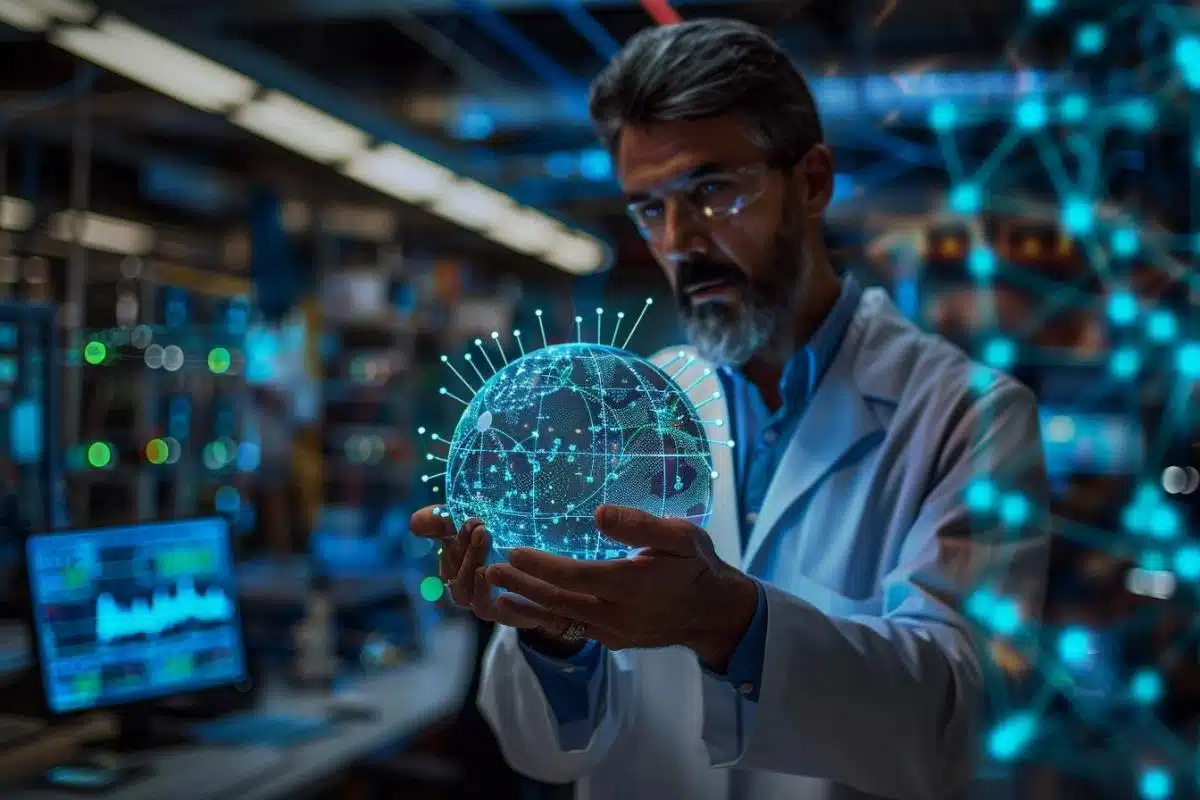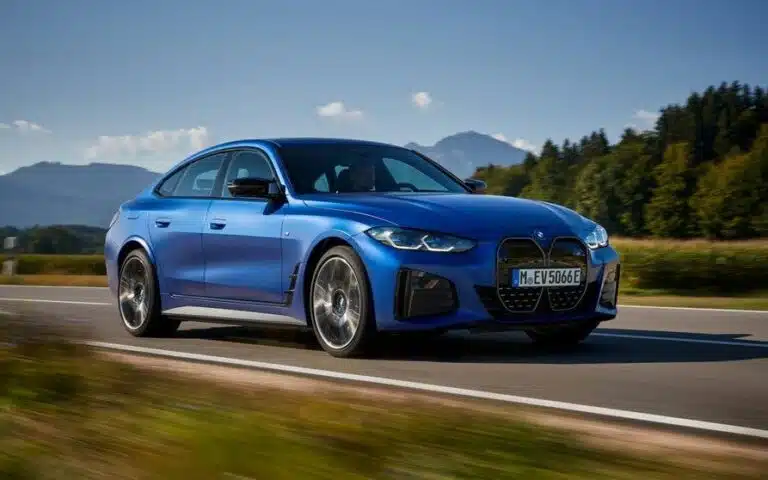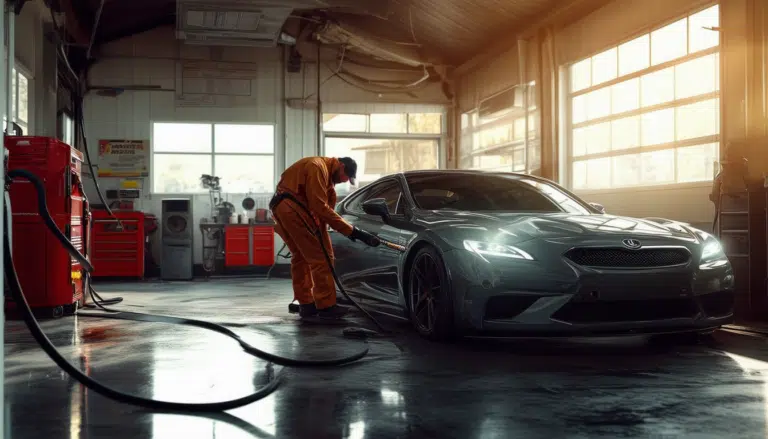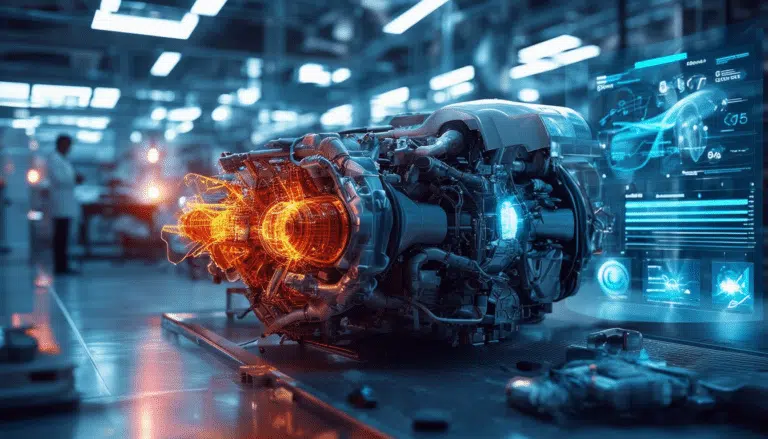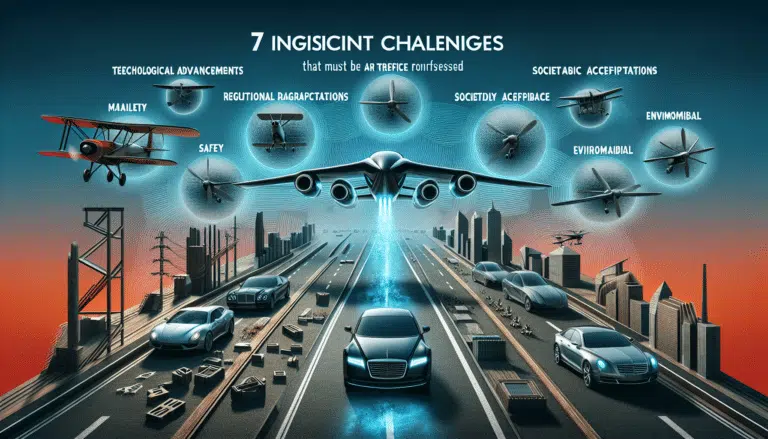These transportation innovations will leave you speechless (and they’re from 2024)
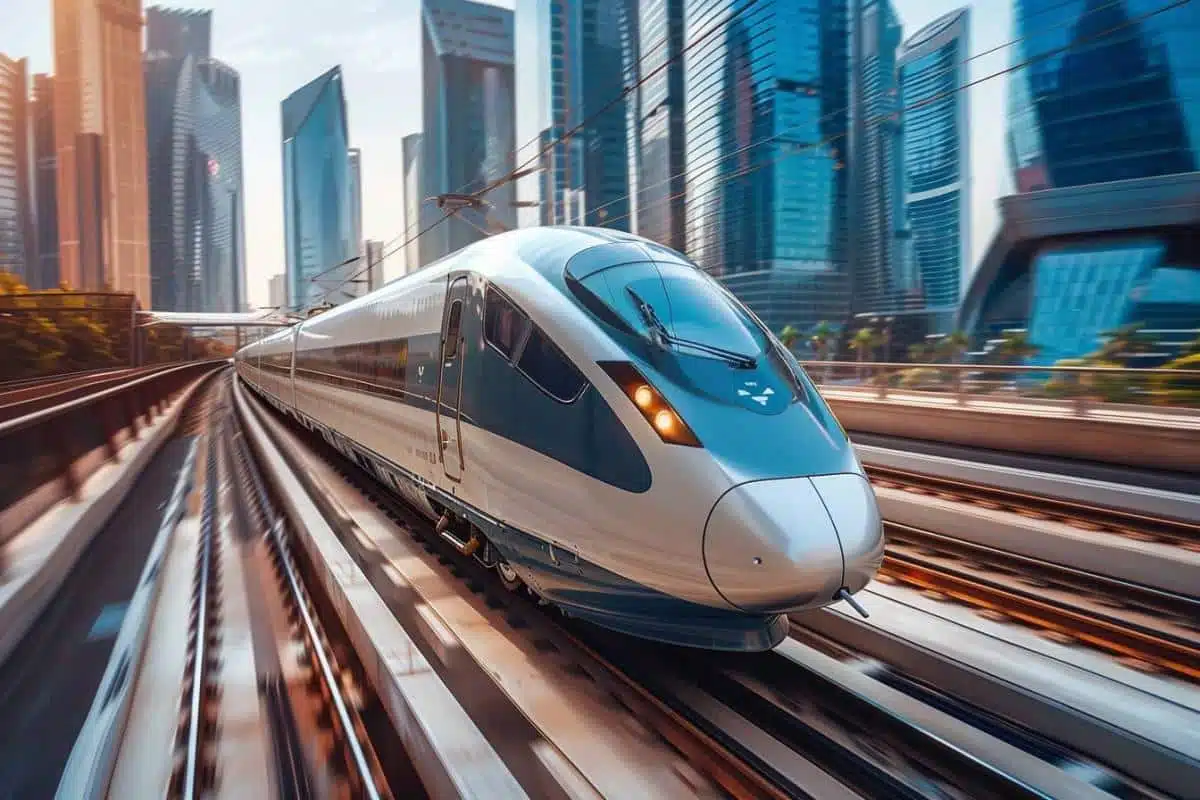
In 2024, innovation in the transportation industry has reached unprecedented levels, transforming the way we move and transport goods. From the invention of the wheel to the implementation of advanced technologies like artificial intelligence and tires made from rice husks, innovations in the transportation sector have continued to evolve. Here, as a passionate enthusiast of vehicles in all their forms, I have a detailed view of some of the most surprising innovations that are revolutionizing this sector.
SUMMARY:
| Main Ideas | Details |
|---|---|
| 🚂 Steam Engine | Revolutionized industry and transportation in the 19th century |
| 🌐 Internet in Transportation | Leverage digital solutions to optimize routes and management |
| 🔋 Hybrid and Electric Trucks | Develop sustainable technologies that reduce harmful emissions |
| 🌾 Tires made from rice husks | Minimize friction to save fuel |
| 🕶️ Virtual and Augmented Reality | Use advanced technologies to plan trips and enhance safety |
The Steam Engine
The steam engine was a milestone in the history of transportation. James Watt perfected it in 1775, marking the beginning of the First Industrial Revolution. This innovation facilitated the development of locomotives, steamships, and the first automobiles, revolutionizing machinery and transportation in the 19th century.
The steam engine’s ability to convert heat into mechanical energy allowed for the transport of goods and people more efficiently and quickly. Thanks to its implementation, distances that once took days or weeks to traverse were reduced to hours. This invention not only changed the transportation industry but also influenced various areas of society and the economy.
Internet in Transportation
Since its inception in ARPAnet in 1969 to the introduction of the World Wide Web by Tim Berners-Lee in 1991, the Internet has become an integral component in logistics and transportation operations. It has transformed the way we manage the movement of goods and people. Today, transportation companies use Internet-based solutions to optimize routes, track their vehicles in real-time, and ensure the timely delivery of goods.
The Transmission Control Protocol (TCP) developed by Vinton Cerf in the late 1970s was crucial for digital communication. In the realm of transportation, the Internet has enabled the creation of more efficient traffic management systems, reducing travel time and improving user experience. Furthermore, it has enhanced the development of mobile applications that facilitate the hiring of transportation services, such as taxis and rental vehicles, increasing convenience for users.
Innovations in Transportation Vehicles
In 2024, transportation vehicles have seen countless technological advancements. One of the most notable is the development of hybrid and electric trucks. Leading companies in the sector are investing in sustainable technologies that not only reduce dependence on fossil fuels but also lower harmful emissions.
- New fuels : Natural gas, biodiesel, and ultra-low sulfur diesel.
- Innovative materials : Use of thermoplastics and aluminum to decrease vehicle weight.
- Tires made from rice husks : Minimize friction and save fuel.
- Battery recharging through braking : Initially developed for Formula 1 cars, now used in commercial vehicles.
- Hybrid and electric trucks : Companies are advancing in the development of fully electric models.
These innovations seek a balance between the need to transport goods and the urgency of protecting the environment. Additionally, technologies like artificial intelligence are playing a crucial role in optimizing routes and fleet management, improving both efficiency and safety in transportation.
Virtual and Augmented Reality
Virtual Reality (VR) and Augmented Reality (AR) have found surprising applications in the transportation industry, especially in tourism contexts and crowd management. During the pandemic, museums and tourist destinations adopted these technologies to offer immersive experiences from a distance. In 2024, these advancements are being used to control crowds in busy spaces like airports and train stations.
Thanks to VR and AR, users can plan their trips more informatively and safely, visualizing routes and destinations before departure. This technology also provides useful tools for training drivers and transport operators, improving their skills without exposing them to real risks.
Moreover, holographic technology is beginning to have an impact, allowing users to interact with three-dimensional representations of vehicles and routes, enhancing planning and travel experience.
Fire and the Wheel: The Foundations of Mobility
Returning to the roots of mobility, the discovery of fire by Homo Erectus approximately 1.6 million years ago and the invention of the wheel in Mesopotamia around 3500 B.C. laid the groundwork for all subsequent innovations. Fire allowed humans to enhance their tools and materials, while the wheel facilitated transportation and industrialization, marking a before and after in human civilization.
These two innovations are essential for the evolution of humanity and the development of future technologies. Without the ability to create and control fire, many modern technologies would not be possible. Likewise, the wheel has been a fundamental component in machinery and transportation since its invention, influencing everything from ancient carriages to modern vehicles.
| Innovation | Date | Impact |
|---|---|---|
| Steam Engine | 1775 | Revolutionized industry and transportation |
| Internet | 1969 | Transformed communication and transportation management |
| Virtual and Augmented Reality | 2020s | Improved user experience and transportation efficiency |
| Tires made from rice husks | 2024 | Fuel savings and lower environmental impact |
If you want to learn more about the development of advanced technologies in the automotive industry, you can check the role of Roborace in the automotive industry. For information on how pedestrian mobility influences modern cities, visit the vital role of pedestrian mobility in 15-minute cities.

